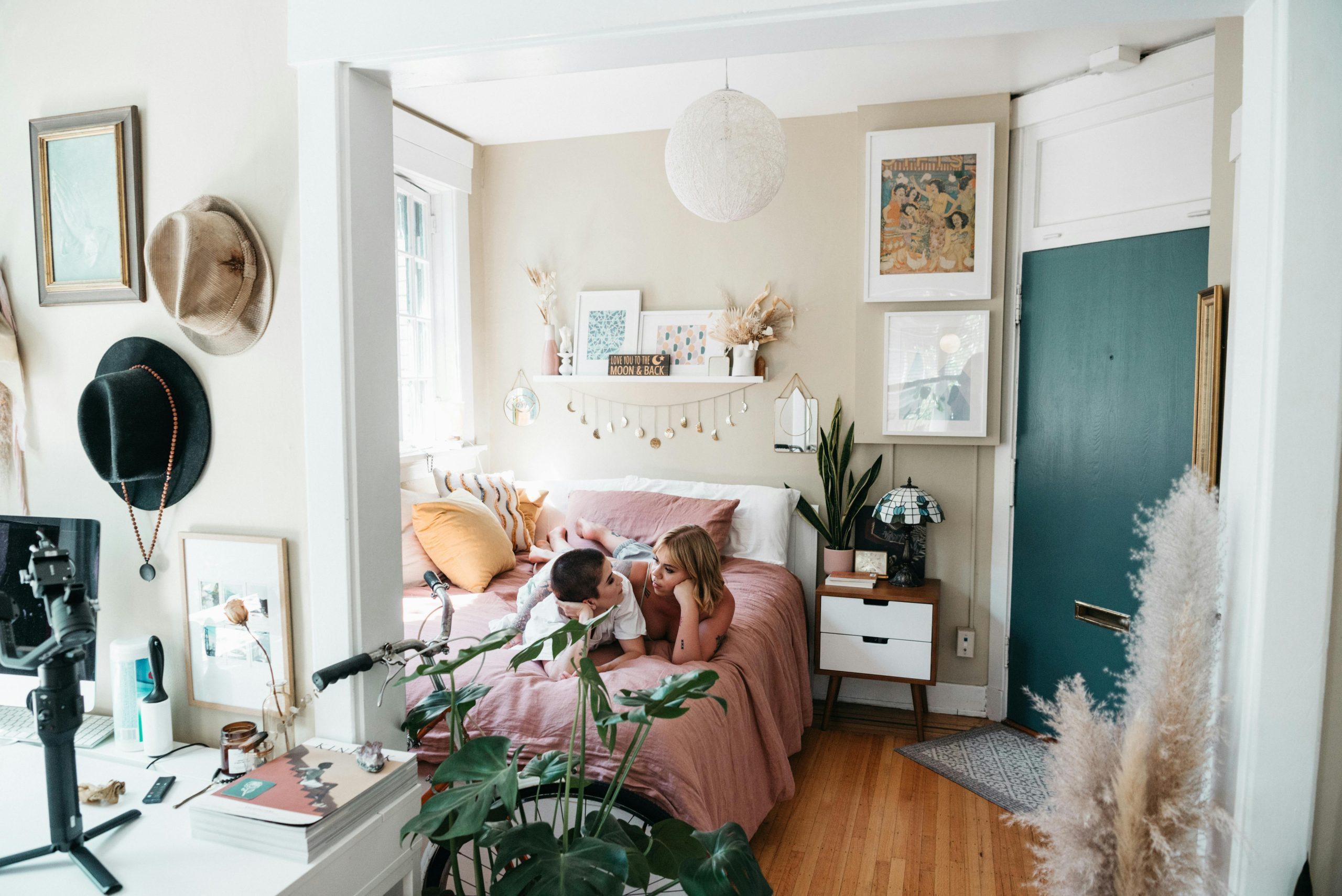Building Personal Wealth and Wellbeing Through Intentional Lifestyle Design
Welcome to the world of intentional lifestyle design – where your wealth and wellbeing are not just a byproduct of chance, but the result of deliberate and purposeful choices. In a society that constantly emphasizes material possessions and external validation, it’s easy to get caught up in the pursuit of “having it all”. However, building personal wealth and wellbeing is not just about accumulating wealth and tangible assets. It’s about creating a life that aligns with your values and supports your physical, emotional, and spiritual wellbeing. In this article, we’ll explore how intentional lifestyle design can help you achieve true wealth and wellbeing.
Defining Intentional Lifestyle Design
Intentional lifestyle design is a philosophy and practice that involves consciously designing your life in a way that supports your goals, values, and priorities. It’s about being proactive rather than reactive, and actively crafting a life that is meaningful, fulfilling, and sustainable. This approach recognizes that our environment and daily habits play a crucial role in shaping our thoughts, behaviors, and ultimately, our outcomes.
Unlike traditional approaches to wealth and wellbeing, which mainly focus on external achievements and material wealth, intentional lifestyle design takes a holistic approach. It considers your physical, mental, emotional, and spiritual needs and how they all contribute to your overall wellbeing. It also prioritizes fulfillment and purpose over financial success and societal expectations.
The Benefits of Intentional Lifestyle Design
1. Greater Clarity and Focus
One of the primary benefits of intentional lifestyle design is that it helps you gain clarity and focus in your life. By intentionally designing your lifestyle, you align your daily actions and decisions with your long-term goals and values. This can help you eliminate distractions and focus on what truly matters, leading to a more purpose-driven and meaningful life.
2. Improved Financial Wellbeing
Contrary to popular belief, building personal wealth is not solely dependent on increasing your income or accumulating material possessions. Intentional lifestyle design can help you identify what truly brings you joy and fulfillment, and prioritize your spending accordingly. It can also help you eliminate unnecessary expenses and create a budget that supports your long-term financial goals.
3. Enhanced Physical and Emotional Wellbeing
Intentional lifestyle design also plays a significant role in improving your physical and emotional wellbeing. By intentionally choosing activities and habits that support your mental and physical health, you’ll experience increased energy, improved mood, and better overall health. This approach also allows you to identify and avoid triggers that may lead to stress, burnout, or other mental health issues.
Implementing Intentional Lifestyle Design
So how can you start implementing intentional lifestyle design in your life? The key is to focus on the areas that matter most to you. Here are a few steps to get you started:
1. Identify Your Values and Priorities
The first step in intentional lifestyle design is to identify your core values and priorities. This process involves reflecting on what truly matters to you and what you want to achieve in different aspects of your life, such as career, relationships, and personal development. This will help you create a clear vision for your life and guide your decisions.
2. Examine Your Habits and Routines
Our daily habits and routines have a significant impact on our outcomes and overall wellbeing. Therefore, it’s essential to examine your current habits and routines and assess whether they align with your values and goals. Identify any habits that may be hindering your progress and replace them with intentional actions that support your desired lifestyle.
3. Simplify Your Life
In today’s fast-paced society, it’s easy to get caught up in the cycle of “busy-ness” and overwhelm. Intentional lifestyle design encourages simplicity and minimalism, allowing you to focus on what truly matters and eliminate unnecessary stress and clutter in your life. This could mean decluttering your physical space, simplifying your schedule, or even reducing your digital presence.
4. Make Time for Self-Care
Self-care is a vital aspect of intentional lifestyle design. It involves intentionally prioritizing your physical, emotional, and mental wellbeing and making time for activities that recharge and rejuvenate you. This could be something as simple as taking a walk in nature, reading a book, or practicing meditation.
In Conclusion
Intentional lifestyle design is not a one-size-fits-all solution, and it may look different for each individual. The key is to focus on what truly matters to you and make proactive choices that align with your values and goals. By doing so, you’ll be on your way to building personal wealth and wellbeing that is sustainable and fulfilling in the long run.










